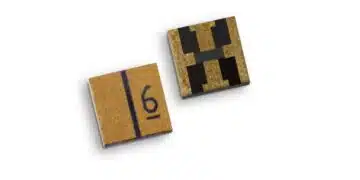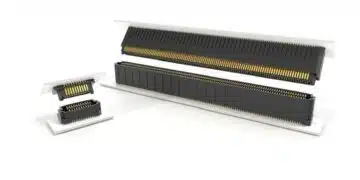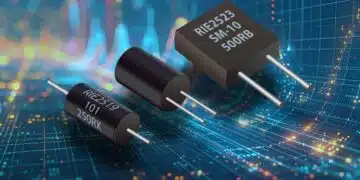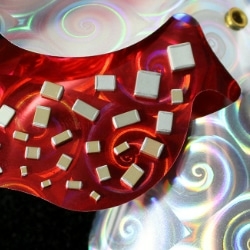source: electropages news
One year on from the initial launch of a new range of high temperature MLC chip capacitors, Knowles capacitor brands Novacap and Syfer Technology have jointly announced a significant extension to the product offering.
The HiT range of MLCCs has an operating temperature range of -55C to +200C. The range offers tin over nickel terminations that had not been previously available in the company’s other high temperature MLCC ranges.
Launch specifications encompassed both Stable (C0G) and ultra stable (X7R) dielectric options in case sizes 0805 to 2220, with capacitance spread of 4.7pF to 3.3uF and rated voltages of 16VDC to 630VDC.
This range, both RoSH compliant and lead free, is manufactured to exacting standards using Knowles unique screen printing process to provide a high quality component suitable for demanding applications. Projects in oil exploration, geothermal, defence, automotive under-hood and avionics will find the wide capacitance range of interest.































